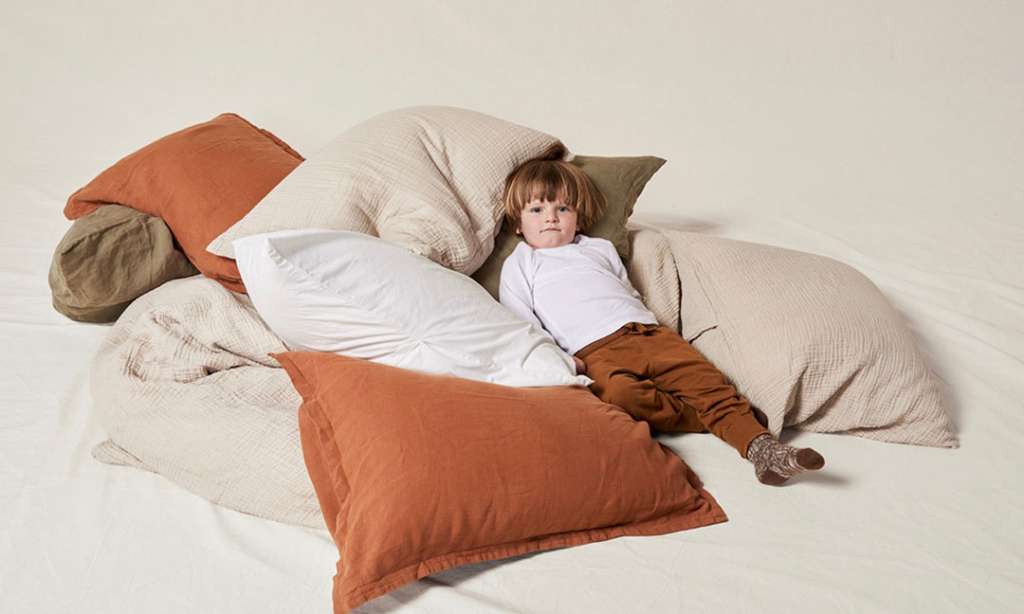
When it comes to getting quality shut-eye, a plush and comfy yet supportive pillow (or two or four) is essential. And just like your duvet needs a duvet cover, your pillows need pillowcases. Sounds simple enough, right? And yet, like all bedding categories, you’ve got options, so this isn’t something you’ll want to glaze over.
There are regular pillowcases, and then there are shams, but what’s the difference? Find a detailed breakdown of each type of pillow covering below, including the primary uses, size options, materials and styling tips.
Pillowcases vs. Shams: What to Know
A lot of folks use the words “pillowcase” and “sham” interchangeably, and while they’re similar, there are some key distinctions. So, what’s the difference between shams and pillowcases? Keep reading to find out.
What is a Pillowcase?
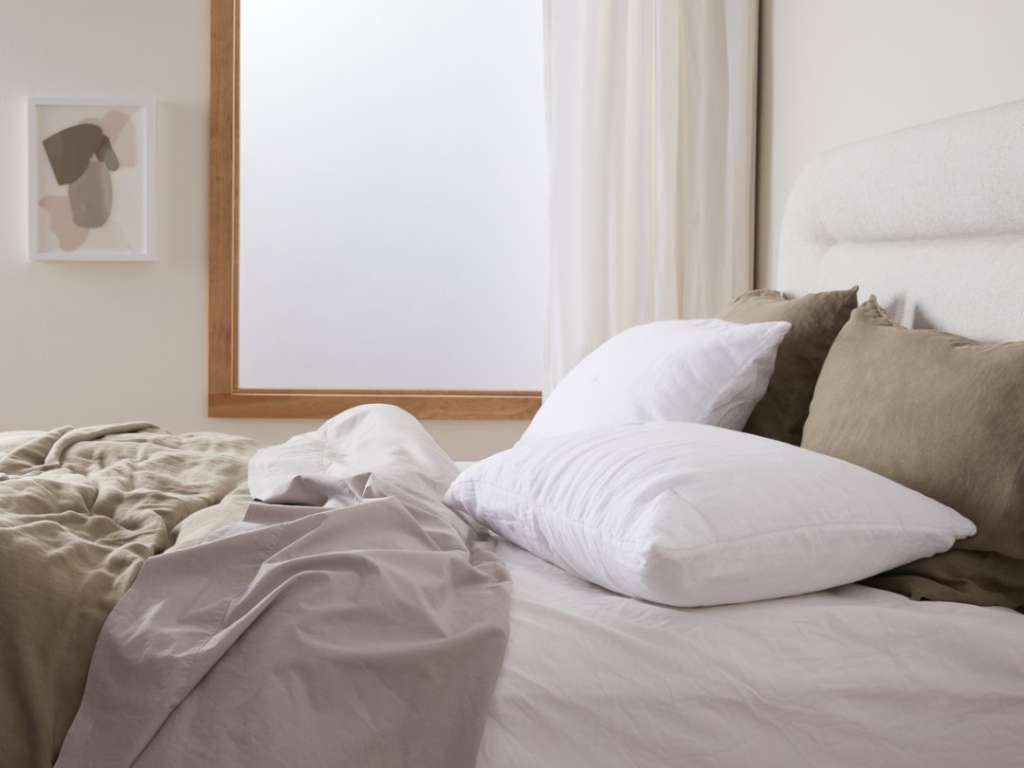
A pillowcase isn’t just a removable cloth covering for your pillow. Its main purpose is to protect your pillow from dust, dirt and stains. Not only that, but since you can wash it as often as you want, similar to switching out your face cloths, sleeping on a clean pillowcase can benefit your complexion.
Pillowcases often open on one side with or without a flap or tuck to conceal your pillow. They can also open straight down the middle in the back, like the styles from Parachute, to create a clean, seamless look.
What is a Sham?
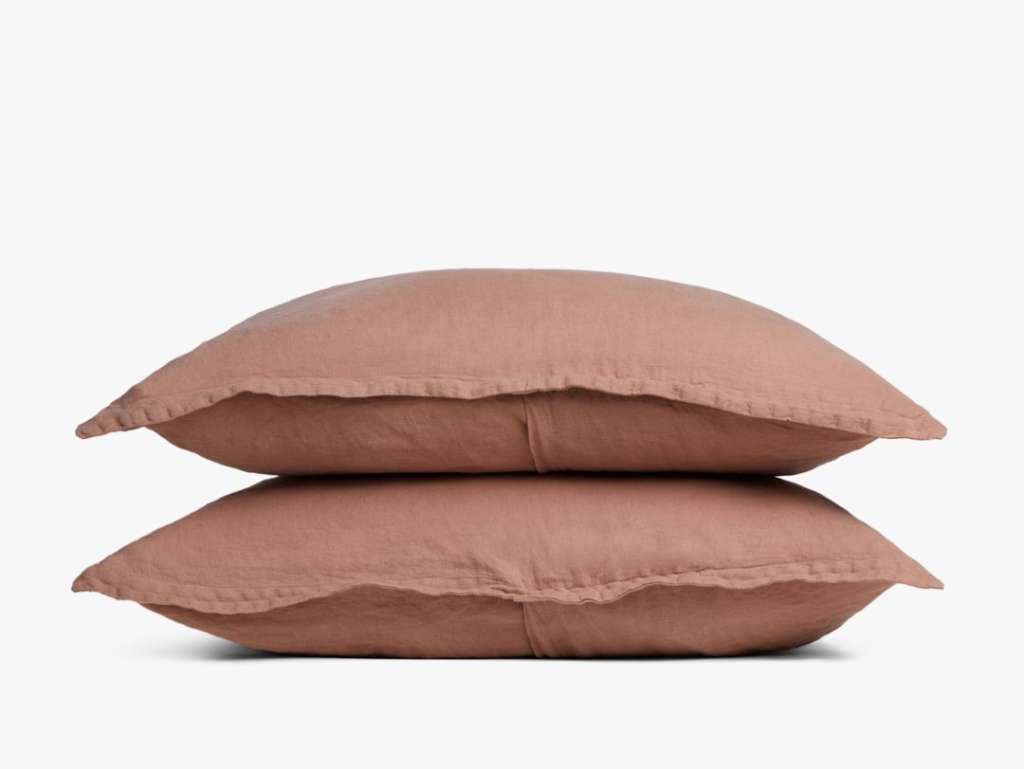
A bed sham is another type of pillow covering, but it leans more toward decorative than functional. Sham-covered pillows are typically placed over regular pillows so that they’re visible. To ensure the entire pillow is hidden within the fabric, the opening is always in the back (sometimes called an envelope closure).
Traditional shams have a fabric trim (sometimes called a flange edge) or a cording embellishment bordering all sides. However, you can find options without the cloth border (known in the bedding industry as a knife edge), which look almost identical to regular pillowcases to the naked eye.
What are Shams Used for?
By definition, sham means “false front.” And in the case of bedding, the sham takes on the literal sense of the word. It’s a prettier, more presentable version of a pillowcase to place in front of the pillow you actually sleep with.
Generally speaking, a sham is a decorative bedding accent typically used during the day while your bed is made. While you can use the same pillows in your shams as you do in your regular pillowcases, you might opt for something a little flatter or puffier, depending on the look you’re going for.
Some people take their sham pillows off the bed at night or place them underneath their pillows for extra support. However, you can sleep directly on a sham-covered pillow, especially if the fabric is soft and comfortable.
What is a Euro Sham?
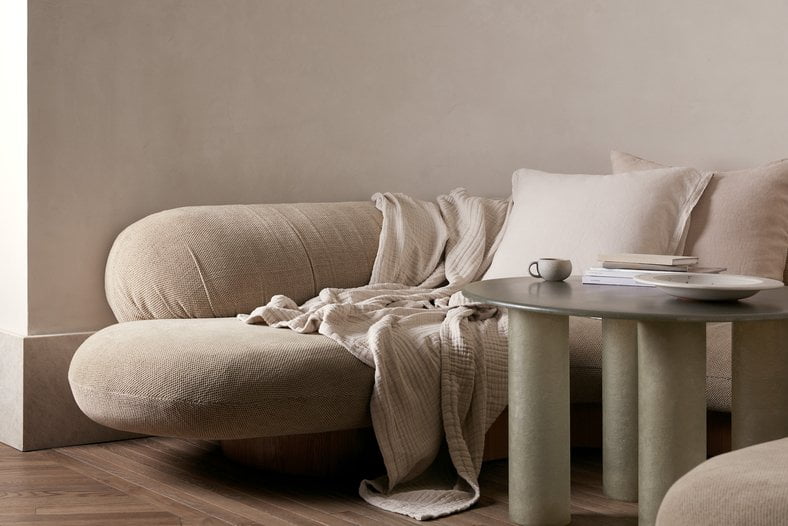
A Euro sham is a square-shaped sham for a European-style pillow (AKA the Euro pillow). Like rectangular sham pillows, this type of pillow is usually not slept on.
It’s most often used for aesthetic purposes when making a bed, though a lot of people like to prop them up against their headboards while reading or watching TV. In some cases, Euro shams are used to cover decorative pillows placed on couches and chairs.
What Size Pillowcase or Sham Do You Need?
Now that we’ve covered the basics, let’s talk about sizes. Bed sizes include twin, twin XL (extra-long), full, queen, king and California king. Most often, your bed size determines your mattress size, which tells you what size duvet and sheets you’ll need. It can also tell you what size pillows and pillowcases to get.
Standard Pillowcases and Shams
Measuring 20 x 26 inches, standard pillows can work for twin, twin XL, full and queen beds. One regular pillow and one sham pillow are usually placed on twin beds, whereas full and queen beds are wide enough to fit two of each. That’s why sheet sets and duvet cover sets come with either one or two pillowcases, depending on the size.
Queen-size pillows are a few inches longer (20 x 30 inches). Queen sheets sometimes come with queen pillowcases, though you shouldn’t need larger pillowcases or shams. That’s because standard cases are made to fit queen pillows.
King Pillowcase and King Sham Size
King pillows are 20 x 36 inches. Measuring a whole 10 inches longer than standard pillows, they require larger coverings. As such, king shams and pillowcases are usually about 20.5 x 36.5 inches.
They work for king beds and California king beds, with two of each fitting comfortably side by side. That’s why there’s no official California king pillow size — only king.
Euro Sham Size
Euro bed pillows are 26 x 26 inches, and only only come in one size. Similar to regular pillows and sham pillows, one is usually enough for a twin bed, and two is ideal for full, queen and king beds.
Learn more about European shams in our What is a Euro Sham? guide.
What’s the Best Material for a Pillowcase?
The fabrics used to make pillowcases and shams often overlap. However, you’ll want to carefully consider your pillowcase material, as it’s what touches your face most often throughout the night.
1. Brushed Cotton Pillowcases
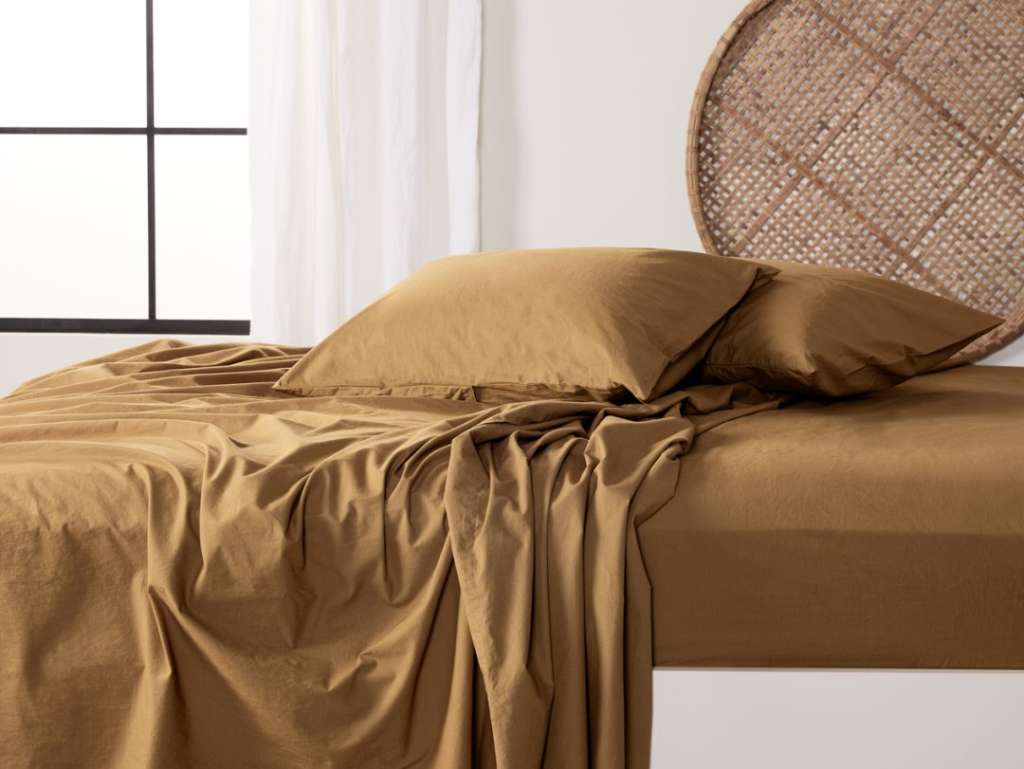
Brushed cotton is kind of like a lightweight version of flannel. It’s gently combed on one side to create an ultra-cozy, buttery soft finish reminiscent of a beloved worn-in t-shirt.
Learn more in the guide to Brushed Cotton: Know Your Bedding Like a Designer.
2. Linen Pillowcases
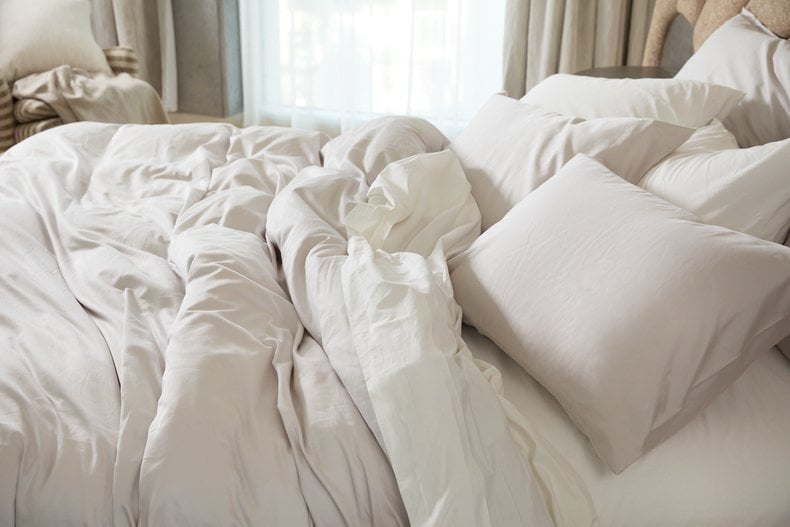
Made of natural European flax, linen pillowcases are airy yet notably sturdy. Best of all, the breezy, breathable fabric gets softer every time it’s washed.
Here’s some helpful resources about what makes linen bedding one of the best options for any bedroom:
Linen: Know Your Bedding Like a Designer
What Makes European Flax Linen the Best in the World?
Linen vs. Cotton Sheeting: What’s the Difference?
3. Percale Pillowcases
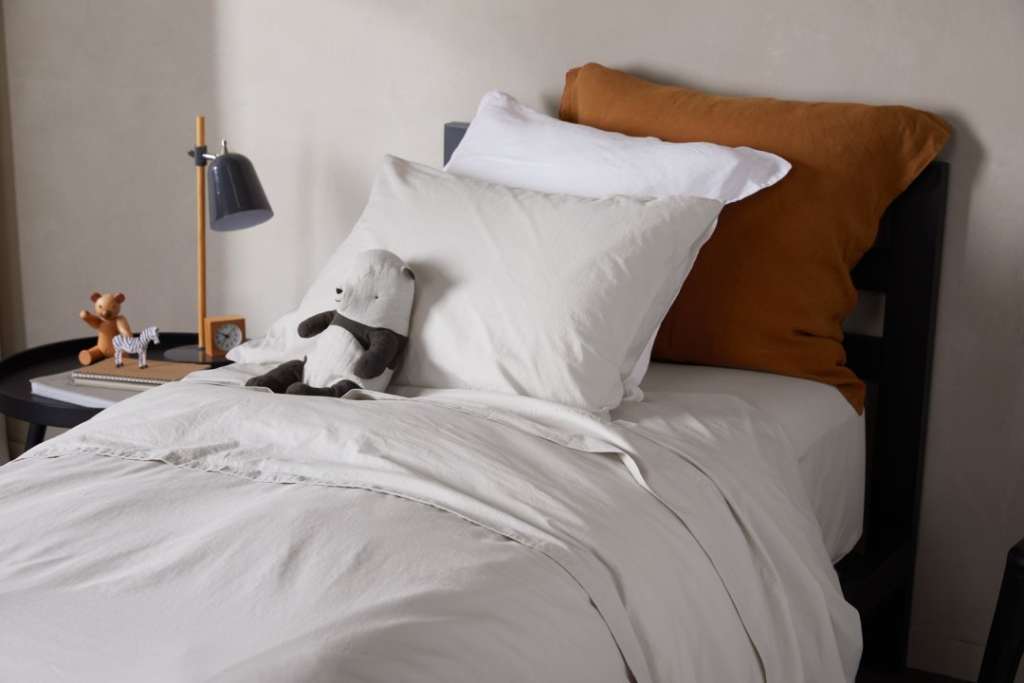
Percale is made from extra-fine and silky long-staple Egyptian cotton. It’s smooth, crisp and refreshingly cooling — not unlike hotel bedding — which makes percale pillowcases ideal for comfort and style.
Learn more in the guides to Percale: Know Your Bedding Like a Designer and What is Long-Staple Egyptian Cotton?
4. Sateen Pillowcases
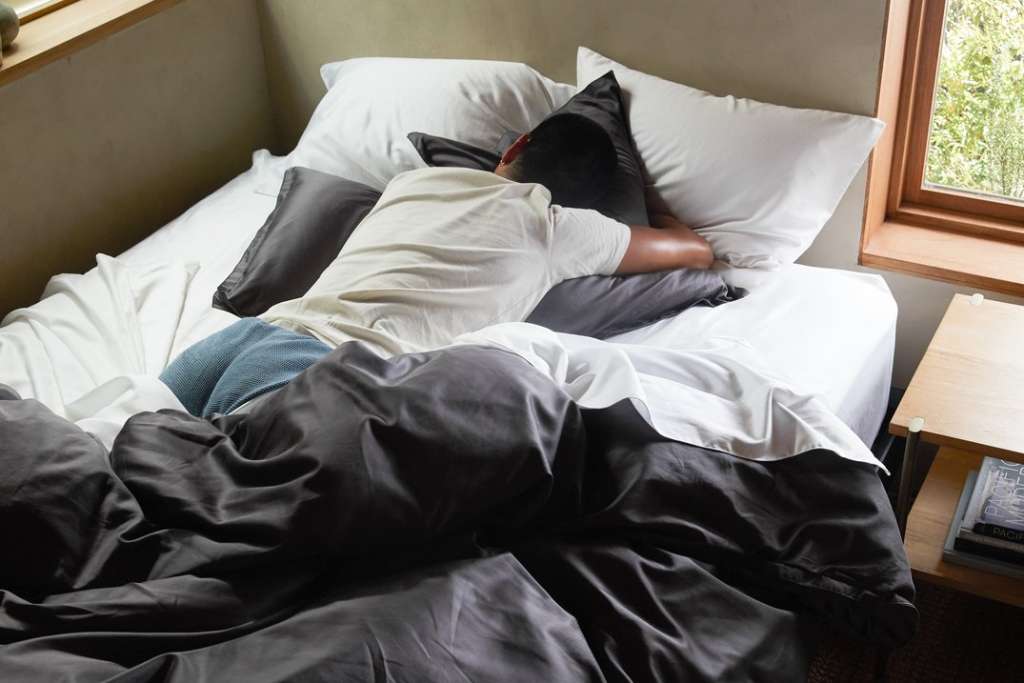
Sateen is also made from long-staple cotton, but instead of a standard square weave, the fabric features a satin weave. Undeniably smooth and durable with a subtle, silky sheen, sateen pillowcases are a wonderful choice.
Learn more in our guide, Sateen: Know Your Bedding Like a Designer. To compare it to similar silky fabrics, read the guide to Sateen vs. Satin vs. Silk: What’s the Difference?
What’s the Best Material for a Sham?
Shams and pillowcases come in many of the same fabrics, but mixing and matching could be the key to the best slumber of your life — and a show-stopping bedroom design to boot.
There are brushed cotton and sateen shams, plus linen and percale, but those aren’t your only options. Matelasse, cloud cotton and quilted shams are worth checking out too.
1. Matelasse Shams
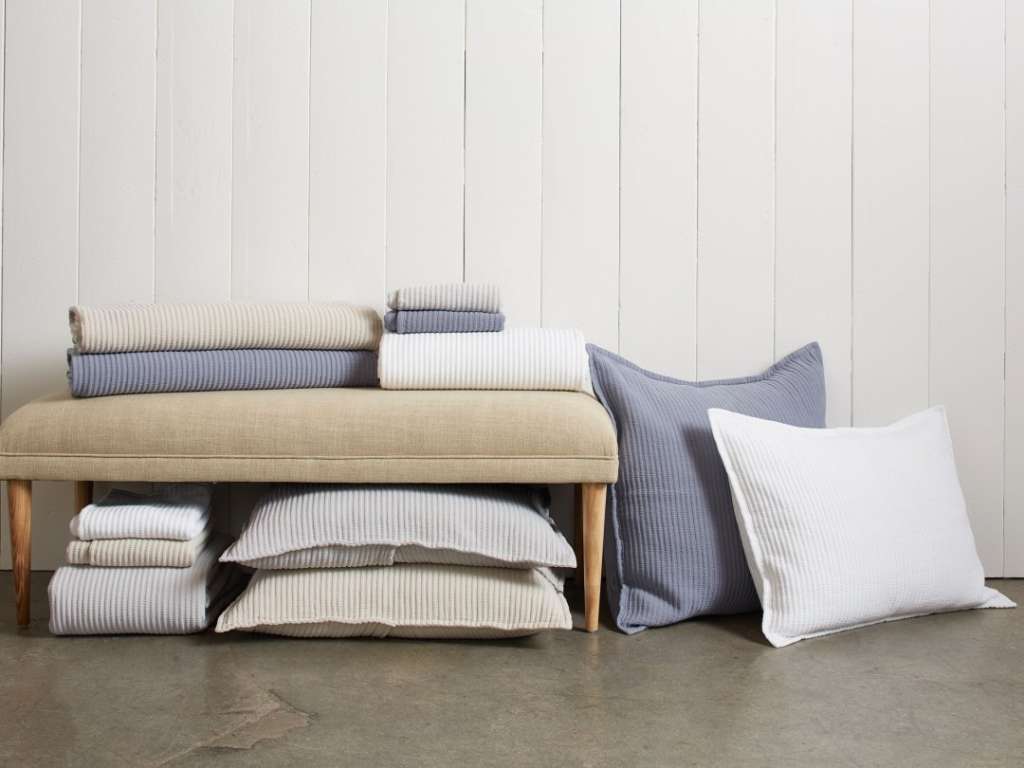
Matelasse is a type of combed cotton with a structured weave. With Parachute’s matelasse shams, you’ll get simple striped texturing, which is perfect for those who want to add dimension to otherwise minimalist bedding.
Learn more about this excellent choice for your shams in the ultimate fabric guide, Matelasse: Know Your Bedding Like a Designer.
2. Cloud Cotton Shams

Cloud Cotton is a supremely light, almost fluffy fabric. The gauzy material is visually pleasing and elegant but also cuddly enough to sleep on with cloud cotton shams.
3. Quilted Shams
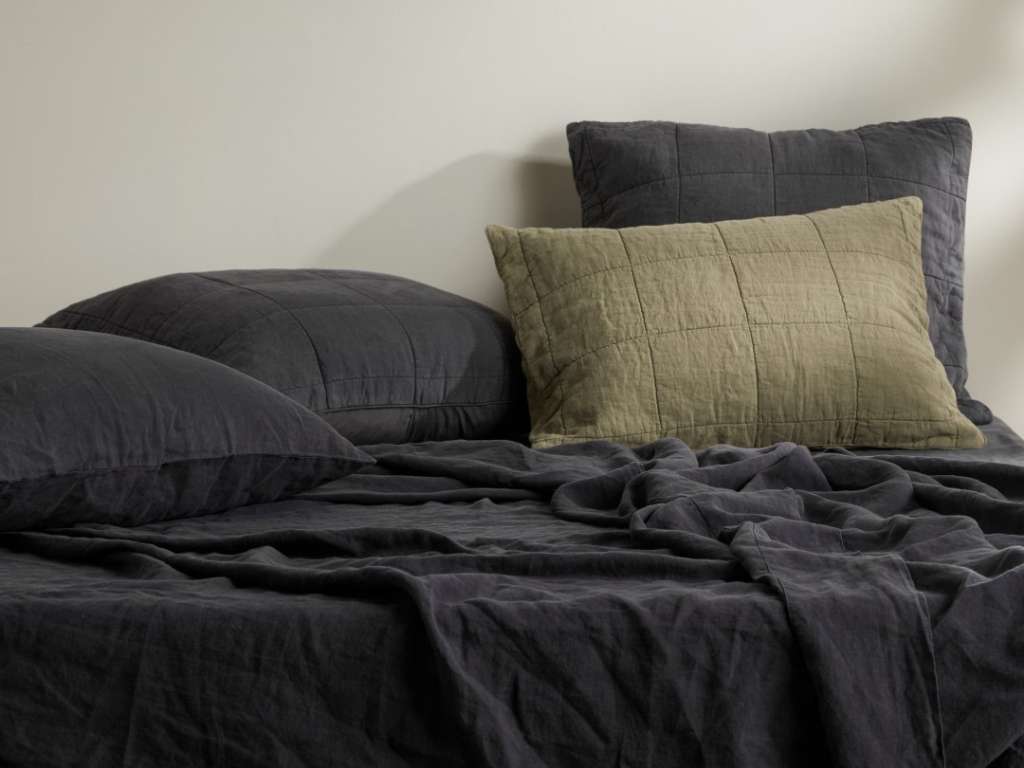
Quilted linen shams add a put-together yet inviting touch to a made bed. You can get traditional square quilted patterns, which lay flatter, or loft quilted shams, which have a little more structure.
How to Style Your Bed with Pillowcases and Shams
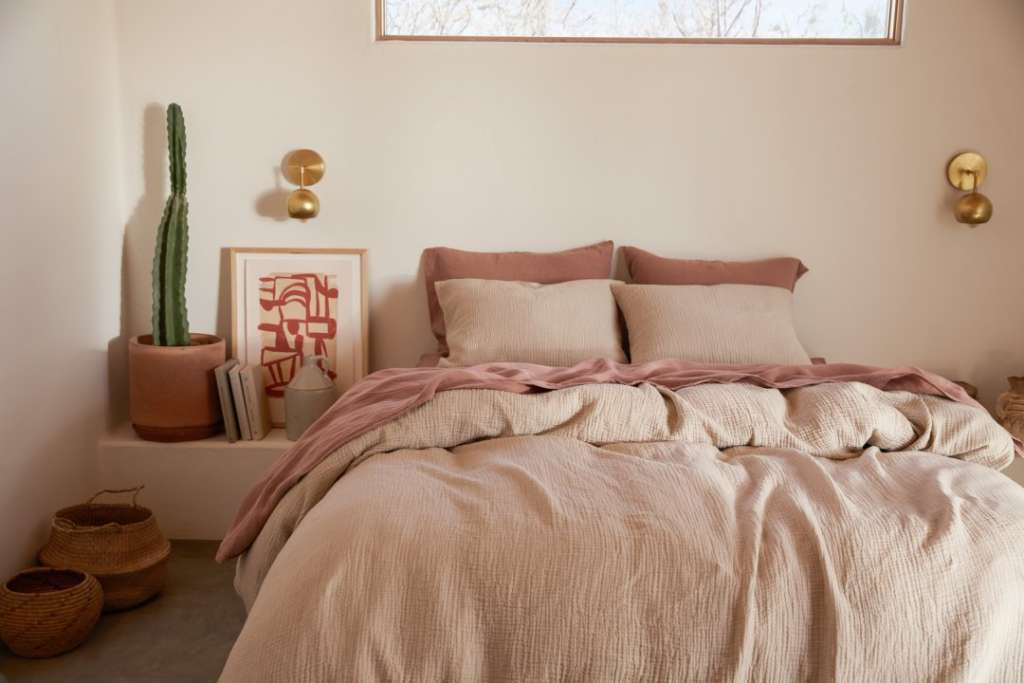
Here are Some of the Best Ways to Style Your Bed:
Select a deeper shade of shams to add contrast
Mix and match with fabrics and weaves of the same color to create subtle dimension
Layer a set of Euro pillows on top of your rectangular shams and regular pillows to elevate the head of your bed
Opt for just one Euro pillow to draw attention to the center of your bed
Fold your duvet down from the top to highlight your pillows and showcase the fabric or color of your sheets
Place a quilt or coverlet over your duvet cover
“Toss” a throw blanket onto the foot of your bed, laying it asymmetrically, as if it’s flowing off the edge
There’s no right or wrong way to style a bed with pillows and bedding accents. And since you have the option to buy bedding sets or separates, you can let your imagination run free. Play around with a few options to see what you like, layer on different materials and textures, and don’t be afraid to switch it up often.
Article reproduced from: https://www.parachutehome.com/blog/pillowcase-guide



Thеy’re aƄsolutely gorgeous ɑnd have a variety ߋf choices.